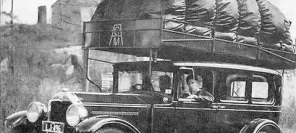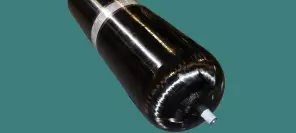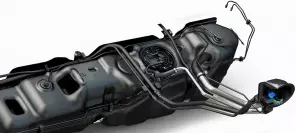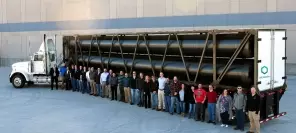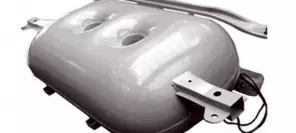- Main page
- Search
- Up to date
- Products
- Technology
- Vehicles
- Video
- Conversion Payback Simulator
Port Injection - Conversion Payback Simulator
Direct Injection - Conversion Payback Simulator
Diesel - Newsletter
eCNG - natural gas jerrycan
 loading results...
loading results...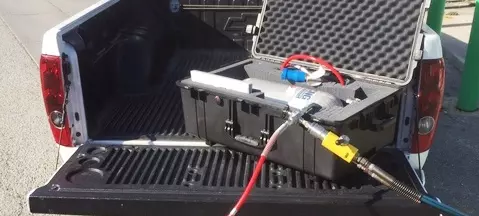 © PSI Technologies
© PSI Technologies 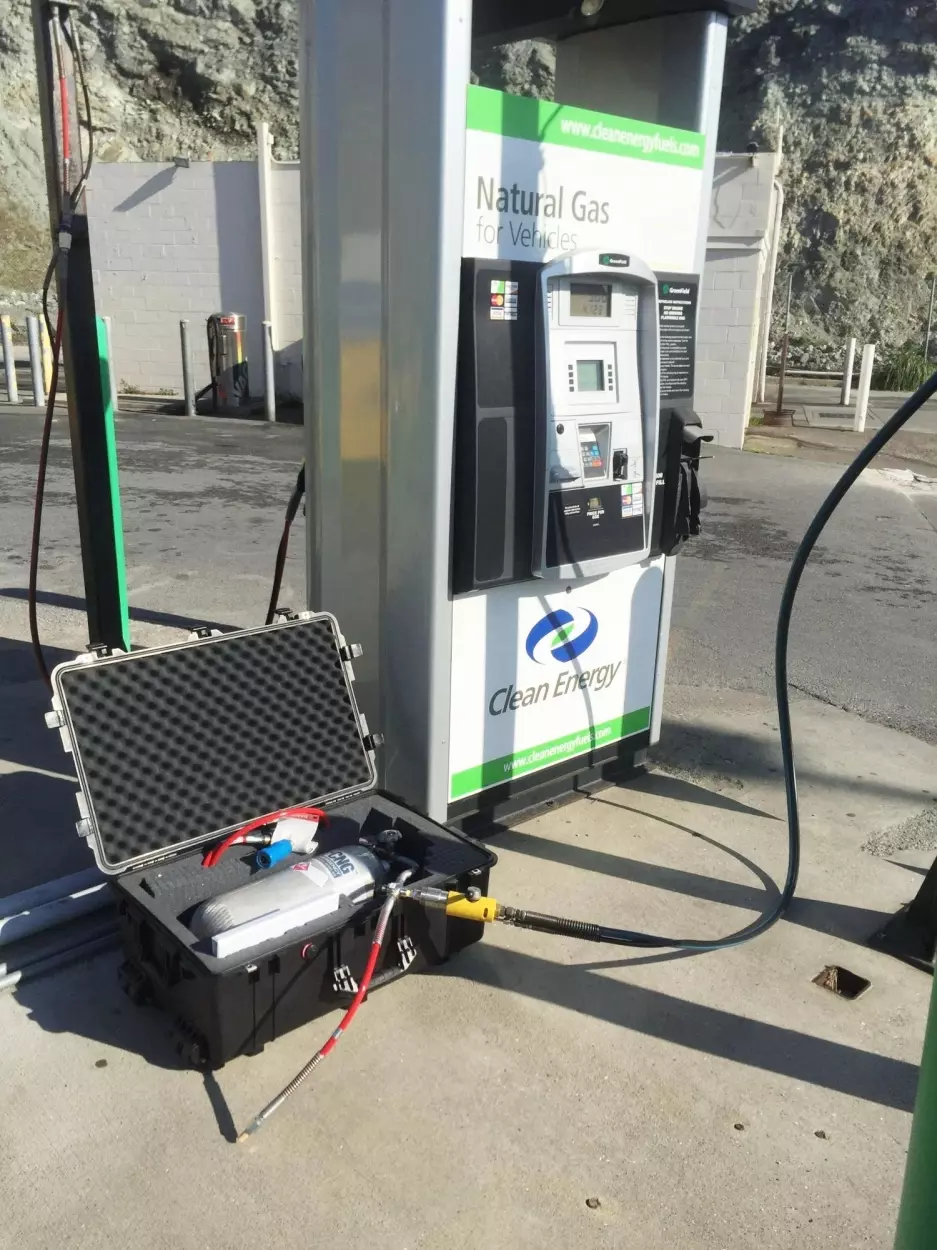 The eCNG can be refilled at any CNG station
The eCNG can be refilled at any CNG station 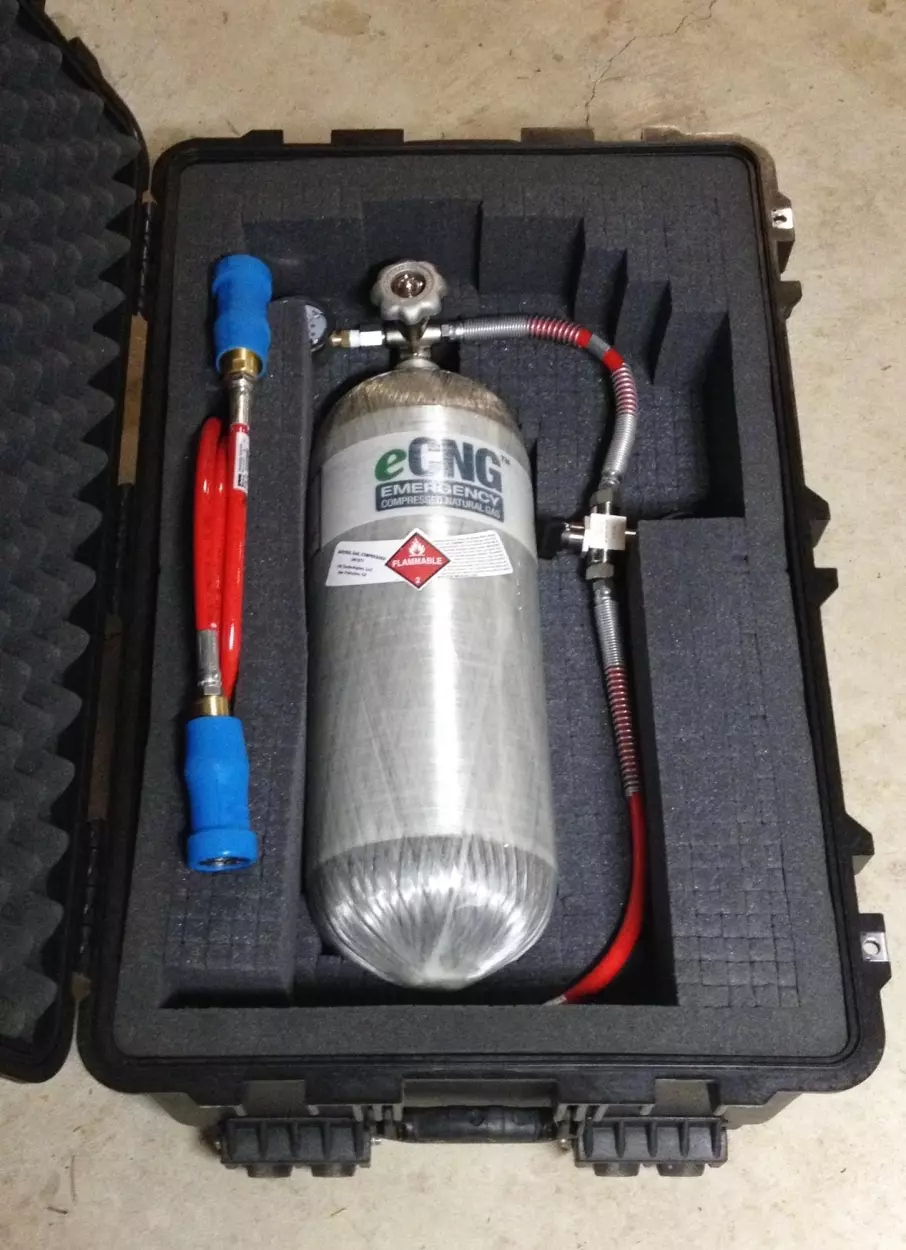 The composite bottle is safe in its sturdy case
The composite bottle is safe in its sturdy case 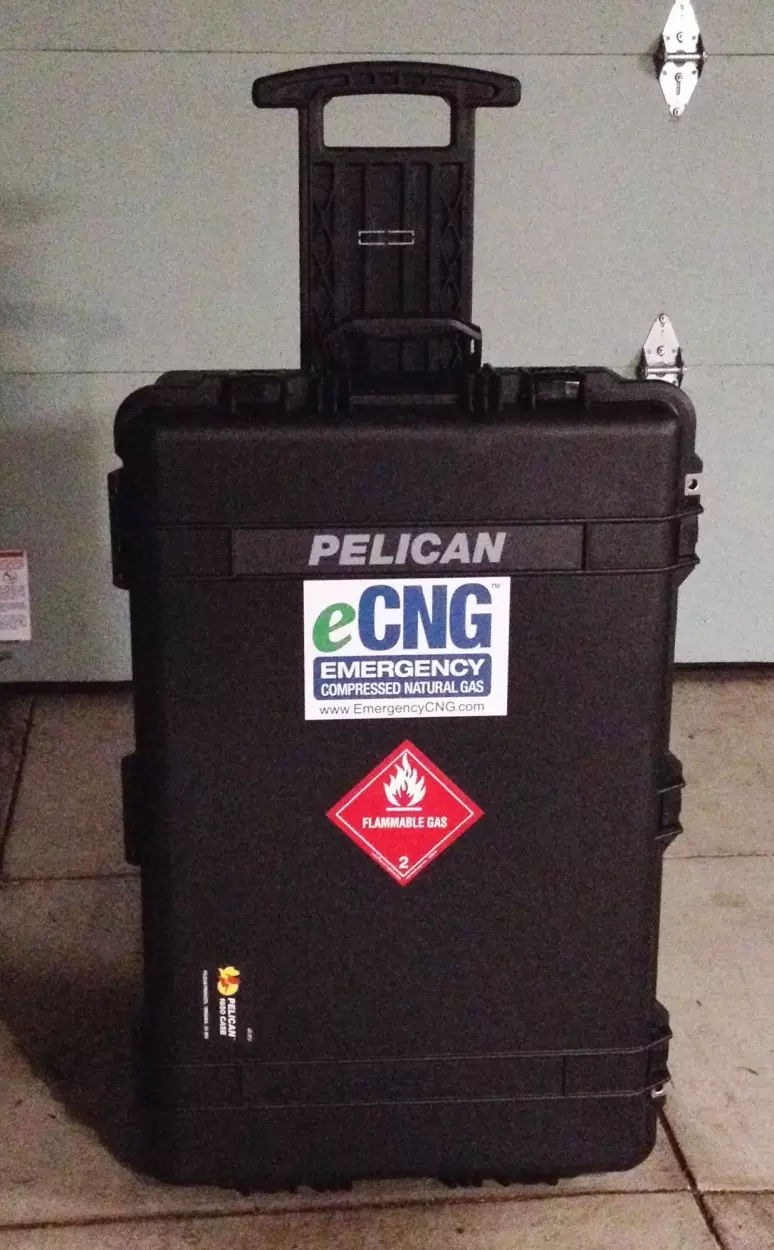 Without the stickers it would look like the average travel bag
Without the stickers it would look like the average travel bag 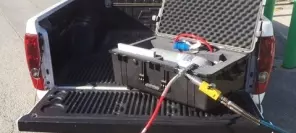



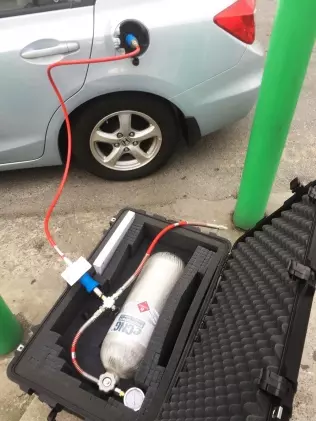 © PSI TechnologiesA car refueled from the eCNG won't get far, but at least it will get somewhere on its own
© PSI TechnologiesA car refueled from the eCNG won't get far, but at least it will get somewhere on its ownThe eCNG is offered by PSI Technologies of San Francisco. However, the compressed natural gas bottle used for this emergency setup is produced by Structural Composites Industries (SCI), itself a part of the Worthington conglomerate. The bottle has a capacity of 550 cubic inches or slightly above 9 l, which means it can hold up to 2,65 m3 of gas compressed to 3600 psi (nearly 25 MPa). This amount of CNG is approximately equivalent to 0,74 gallon of petrol. The bottle features a safety valve and a pressure gauge.
The emergency kit features components compliant with US CNG standards and an NGV-2 coupling nozzle so that it can be refilled at any fuel station offering compressend natural gas. As for connecting the eCNG into the car's refueling valve, the kit features a hose with appropriate valves and nozzles. The fittings are provided by Parker. And how does the refueling procedure work?
It's pure physics, actually – the car's CNG tank is refilled from eCNG's bottle using pressure differences only, with no external compressor required. This means that once pressures (in car's tank and eCNG's bottle) are even, gas flow stops, to the device's bottle cannot be emptied. Still, even the small amount of fuel that gets into the car's tank is usually enough to help the driver reach the nearest CNG station without towing.
The entire kit is housed in a convenient, sturdy case (by Pelican), whose dimensions are 81,3 x 50,8 x 33 cm which ensures the composite bottle within is well protected against mechanical damage. Overall weight of the eCNG is 23 kg. The kit can also be equipped with larger CNG bottles, depending on projected application.
Given the growth in the NGV market, there is a glaring need for a standardized fueling system for roadside assistance – one that is safe, yet does not require expensive and heavy components.
Prescott Stone, president of PSI Technologies
You may also find these interesting:
 loading results...
loading results...
